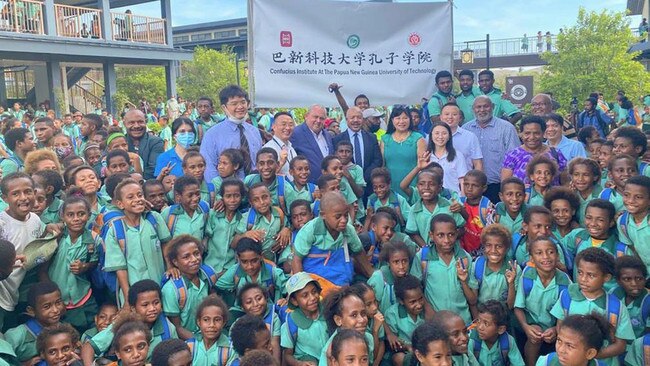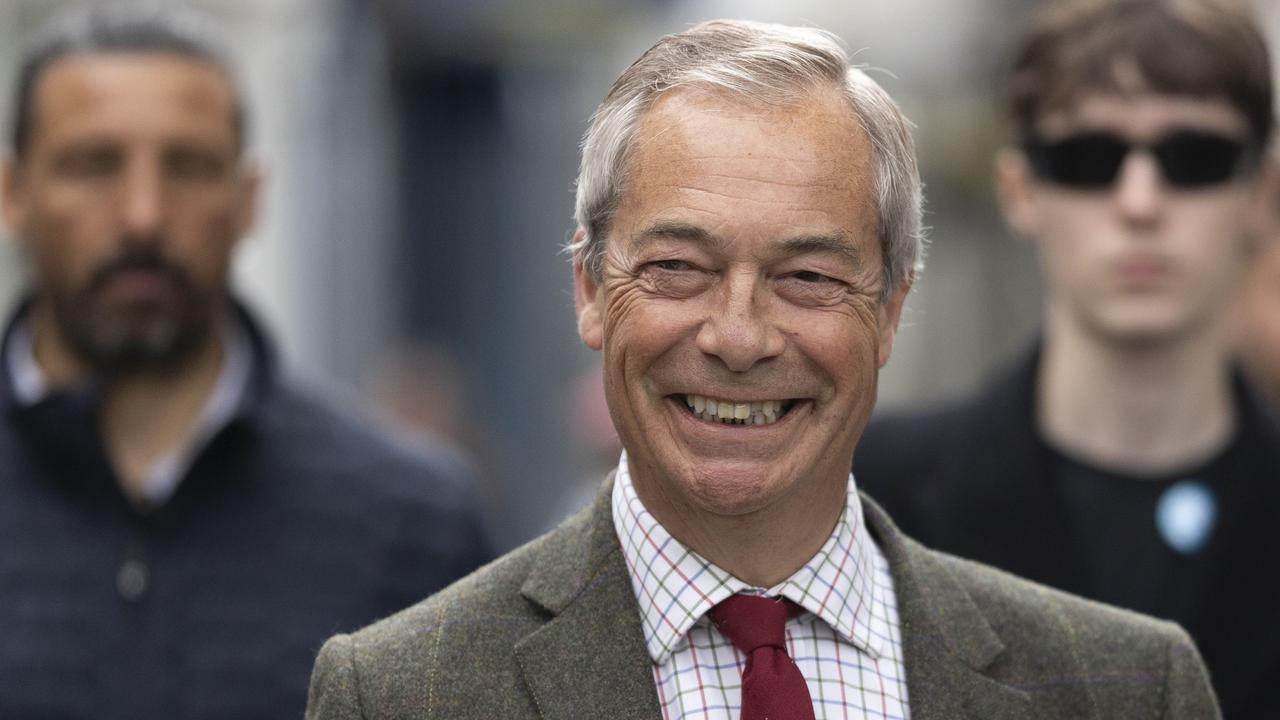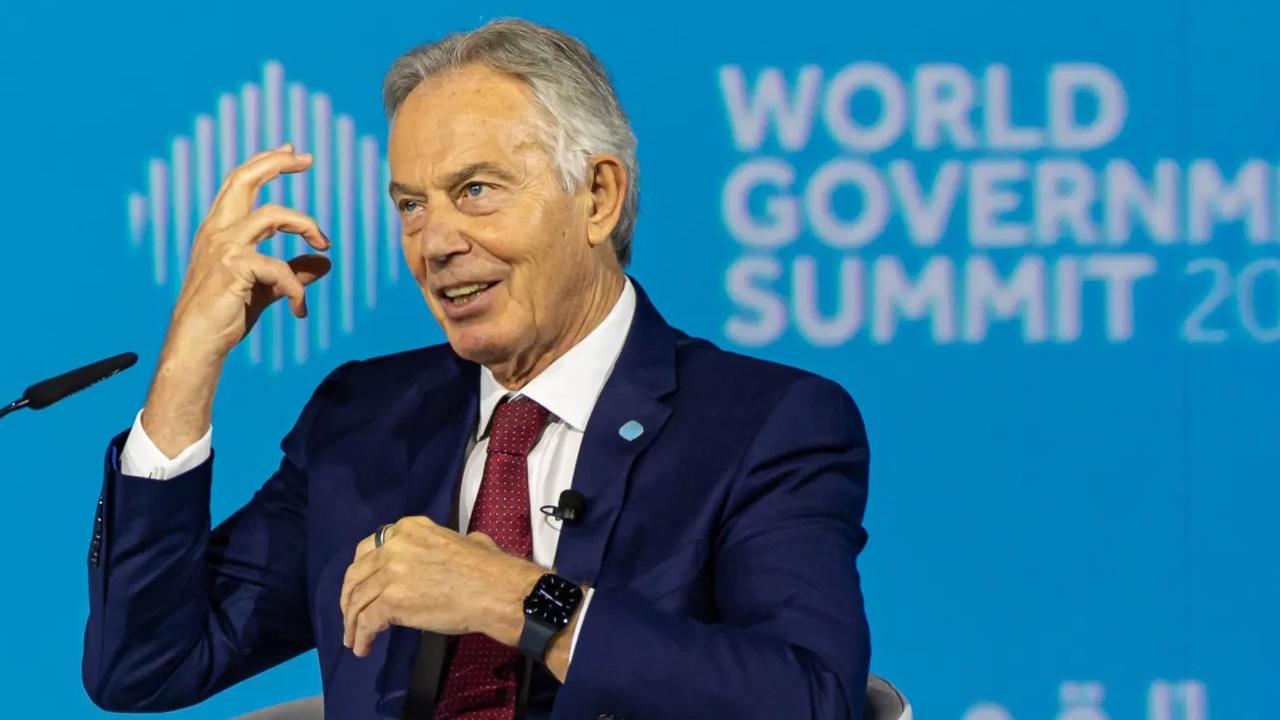Chinese leader’s Xi Jinping’s soft-power stragegy embraces PNG
Beijing is making its presence felt as a provider of aid for civilian projects, including some of the biggest and most visible in the Pacific region.

Rising out of the dry scrubland on the outskirts of Papua New Guinea’s capital, Port Moresby, the Butuka Academy is a vision from another world. On one side of the fence, people live in breeze-block houses with patchy electricity and no running water; on the other, their children spend their days among tennis and basketball courts, a gymnasium-cum-theatre and a full-size rugby field.
The tiled paths are lined with bright flower beds and trimmed hedges, and the classrooms are full of desks and textbooks. The words on the whiteboards are in Chinese and English, and plaques set about the grounds carry portraits of Chinese faces, including philosopher Confucius. Lavishly laid out in the heart of one of the least-developed countries in Asia, the Butuka Academy is a piece of Chinese bounty and symbol of an increasingly intense competition for influence in one of the most neglected, but most strategically sensitive, regions of the globe.
As a military power, China’s growing ambition is impossible to miss, from its fortification of reefs in the South China Sea, its claim to the Japanese-occupied Senkaku Islands and its rehearsals for invasion of the self-ruling island of Taiwan. But it has also begun to establish itself in the remote South Pacific, sending patrol ships to survey the sea bed off the island nation of Palau and signing a security agreement to train police in Solomon Islands.
China is also making its presence felt as a provider of aid for civilian projects, including some of the biggest and most visible in the Pacific region. Having given a sports stadium to Vanuatu, it is constructing another one in Solomon Islands for its hosting of this year’s Pacific Games.
In Tonga, China has built a palatial three-storey government building and provided lavish training facilities for its international athletes. It has built and upgraded airports in PNG, a huge, mountainous country, large parts of which are accessible only by air. In Port Moresby, Chinese construction companies and loans rebuilt the conference centre and the six-lane Independence Boulevard leading up to it. But few projects have done as well as the 70 million kina ($29m) Butuka Academy, one of the best schools of its kind in the Pacific.
It was opened by Chinese President Xi Jinping himself on the eve of PNG’s hosting of the 2018 Asia-Pacific Economic Co-operation conference. It is a state institution, it teaches children from nursery to high school and it is in a different league from other free schools in the country. “Every child has a desk,” says Raka Pai, a betel nut seller, whose six-year old daughter, Natasha, goes to the school. “When I was at primary school, we sat on the floor.”
Harry Raepa, another parent at the school, says the academy is enhancing Beijing’s reputation at a time when more PNG citizens come to look to Chinese bosses for employment. “I don’t care about military power, I care about what China does for our economy,” he says. “A lot of people round here work for Chinese construction companies as carpenters and labourers. For a long time Papua New Guinea has been close to countries like Australia, but they don’t come here and build schools. But when the Chinese come here they do something.”
In fact China spent only $252m on aid in the Pacific in 2020, making it the eighth-biggest donor, compared with Australia, the biggest at $1.27bn. But most Australian money goes on health, government and civil society, where it is intended to yield benefits steadily and over time. Chinese aid is overwhelmingly spent on infrastructure – “sugar rush” projects that are visible and rapid in the benefits they bring.
The human population of the 14 countries of the South Pacific is fewer than 13 million, of which 9.5 million live in PNG. But the scattered islands, some no more than dots on the map, span 15 per cent of the globe. During the Second World War, battles were fought between Japan and the US in PNG and the Pacific islands for control over their airstrips and harbours. In any future conflict between China and the US, they would have similar importance.
China always denies such thinking is propelling its aid programs. “China stays committed to equal treatment, mutual respect, win-win co-operation, openness and inclusiveness, without targeting any third party,” Mr Xi told PNG Prime Minister James Marape in 2018. “It has no interest in geopolitical rivalry.”
But construction of the school by a state-owned company was an unabashed exercise in public relations and influence building. “Work together, fight together, succeed together,” says the Chinese character on the white board. Another slogan is: “Success comes through structure and pain.”
“After several years, some of (these children) will be the middle class or even the high class of this country,” China Construction Steel Structure Corporation project general manager Ma Shuai told China Radio International. “They will all remember this is a donation from China. This will benefit for … a long, long time.”
THE TIMES



To join the conversation, please log in. Don't have an account? Register
Join the conversation, you are commenting as Logout